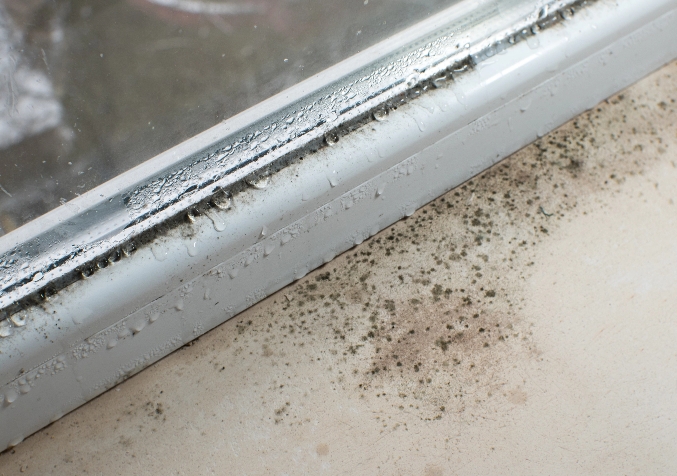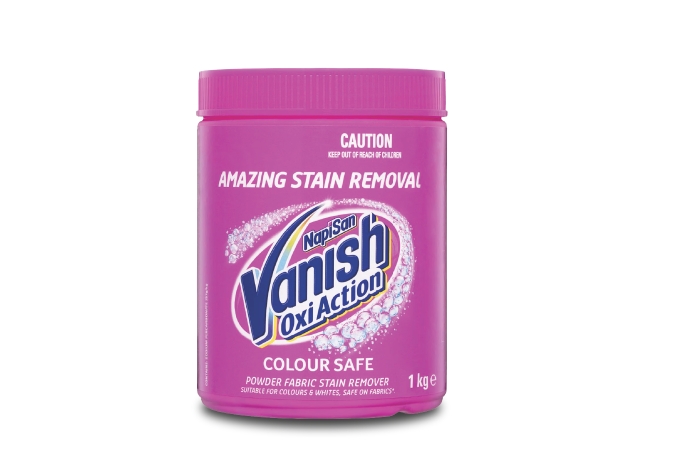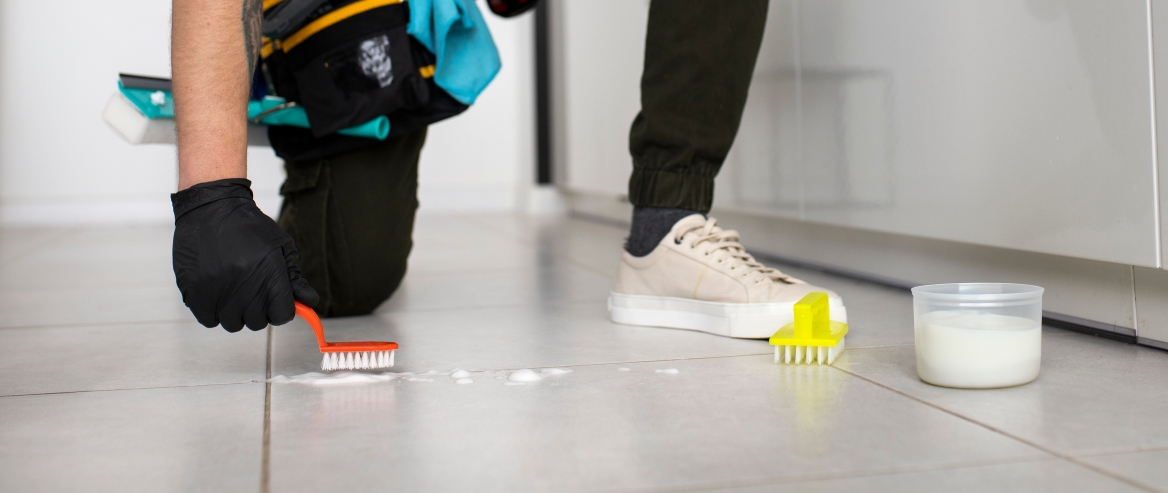What to Do About Mould Spots Around Your Home?
Published on Jun 21, 2024

Have you noticed mould spots appearing on your windows and curtains over the last few weeks? I certainly have! Mould is not only ugly but also unhealthy. If you're house-proud like me, mould screams "dirty house," and I hate it!
So, what can we do about these mould spots?
To treat the problem, we need to understand what’s triggering mould growth in your home. Next, we need a strategy to tackle the visible mould and prevent it from coming back.
What causes household mould spots?

Remember that mould spores are all around us, both indoors and outdoors. When these spores settle in a dark, moist environment, they start to grow, a process called colonising. Four major winter environmental factors contribute to mould growth:
- Reduced natural sunlight with shorter days
- Minimal airflow as we close our windows to keep out the cold
- Condensation that form on windows (and sometimes walls) due to the difference between the internal and external air temperatures
- Moisture from hot showers and clothes dryers
Where is mould most likely to grow?
Mould loves dark and poorly ventilated areas, which is why you often find mould spots on curtains in the corners of rooms. Mould is also likely to colonise other soft furnishings such as lounges, soft toys, bedding, carpets, and rugs. Mould on window frames and bathroom ceilings is common during winter due to condensation.
How to Treat Visible Mould
Remember that bleach does not kill mould! The spots we see are actually mould waste or a by-product. Bleach hides the mould waste but doesn’t kill the mould itself. So, we recommend treating the mould first and then using bleach if you wish.
Curtains, Blinds, and Drapes

These can be very hard to clean yourself, so we recommend taking these down and sending them to a professional for cleaning.
Soft Toys

Soak these items for one hour in a bucket of hot water with either a cup of vinegar or a tablespoon of tea tree oil, a small amount of Napisan, and a dash of dish-washing detergent. Squeeze the items dry and hang them in the sun. The vinegar will kill most mould types, while the Napisan will help with discolouration.
Lounges, Carpets, and Rugs
Whilst professional cleaning is the only way to treat the mould stains, you can put the brakes on mould growth by using a spray with 1 cup of white vinegar and 2 cups of water.
NB: Unfortunately, mould stains on natural fabrics such as cotton or wool are almost impossible to remove.

RECOMMENDED SERVICE
Electrodry Mould Removal - Clean Unsightly Mould in 1 DayBeddings
If you’ve noticed mould spots on pillows or bedding, wash these in a hot water cycle with either 1 cup of vinegar or a tablespoon of tea tree oil.
If mould spots remain after cleaning, try soaking the affected area with Napisan.
Window Frames and Ceilings

To eliminate the remaining mould, thoroughly clean the surfaces of the window frames and ceilings. After allowing the vinegar solution to dwell for 30 minutes, use an appropriate cleaner to scrub the affected areas. We recommend sugar soap for effective cleaning.
Alternatively, you can use a mild bleach solution to treat any remaining discolouration. However, ensure safety precautions: wear a mask when using bleach, and be aware that it may remove stains and affect clothing colour.
Prevention Tips
Once you’ve treated the mould, how do you stop it from coming back? During winter, this can be hard, but here are our top tips:
- Let the light in. Allow as much natural sunlight as possible.
- Open windows for airflow.
- Use desiccant dehumidifiers such as DampRid in cupboards and other out-of-the-way areas where mould tends to grow in your home.
- Treat the mould early. Don’t let it get away from you.
Featured Electrodry Mould Cleaning Locations



